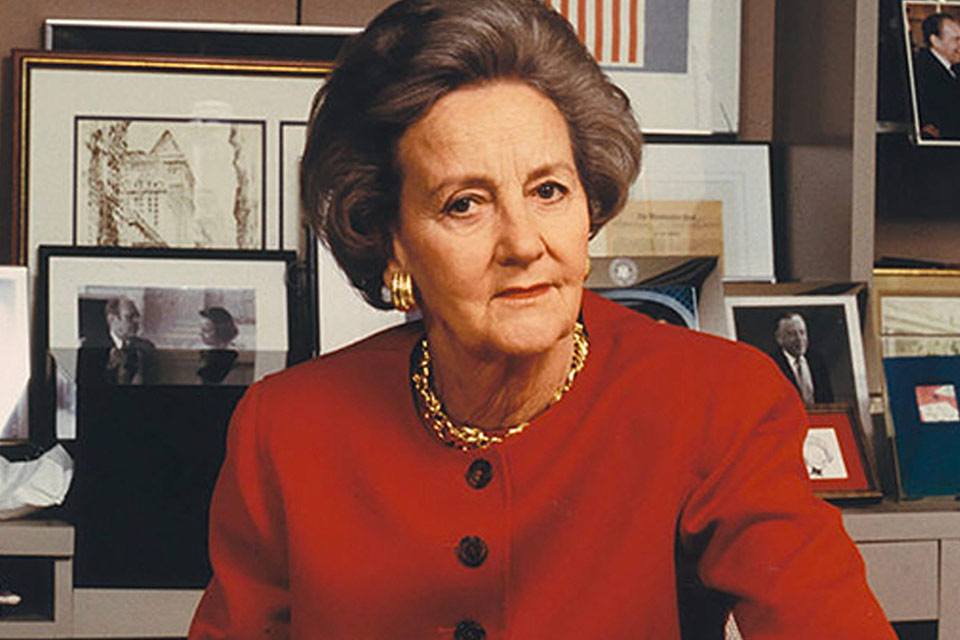
What do a number of leading streaming bosses have in common?
Increasingly they are coming from hard science backgrounds, such as engineering. Now, they are leading companies that fundamentally have conquered the inexorable march towards the merger of content and technology that has come to define the streaming era. At one time either in Hollywood or the corridors of media power in Australia – such backgrounds were rare to non-existent to become a media mogul. Increasingly, such backgrounds are a necessity.
Where can you find talent that has both the tech background and the content nous to succeed at the top of today’s streaming empires? Reed Hasting’s new book doesn’t answer that question directly but gives us a blueprint of how to create a tech/media culture that will help us get there.
In a profile article in the AFR on Stan chief Mike Sneesby, Reed Hastings has quipped that he “hates him,” and, while it is in jest, it is not without reason. STAN is one of the only non-US based streamers to offer any local territorial competition to the international onslaught and revenue-cratering impact NETFLIX, DISNEY+, AMAZON PRIME, APPLE TV, and the like have had on our Australian media operators. Of course, STAN’s 2.2 million subscribers are no actual competition for Netflix’s near 200 million global subscribers. Even before the pandemic, Stan’s revenue was up nearly 80% in February of this past year.
Currently, Nine’s stock is sitting near its 52-week high of approximately $2.70. More recent earning results see News Corp having, according to their US based chief executive Robert Thomson, “the most profitable quarter since the new News Corp was launched seven years ago.” Results Robert says are attributable to the digital transformation of the business. According to The Australian, Foxtel subscriptions enjoyed a 12% lift to 3.31 million paying subscribers. The remaining 1.313 million subscribers were across Kayo (624,000 paying), Binge (431,000 paying) and Foxtel Now (258,000 paying). They are also trading near their 52-week high at approximately $28.65 a share.
Professor Scott Galloway of New York University estimates that the average subscriber pays just approximately $0.81 per billion dollars of content provided by the international streaming giants. Compare that value to a $15, $18, even $25 for a single movie ticket. Yet for many, it’s not cost, it’s convenience. Movies will never go away. But the business of movies – a dynamic tension between cinema operators and distributors that for decades was held in a particular equilibrium – is now forever changed. The winners are neither the studios nor the cinemas but the streamers whose original content has become almost indistinguishable from studio offerings and consumers who prefer to watch content on demand from the couch.
That is why all who are or wish to be leaders in Australian Media should spend a few hours with Netflix Founder and CEO Reed Hastings’ book released this past September, NO RULES RULES: Netflix and the Culture of Reinvention. Reed didn’t just bring down the corner video store, he brought the entire studio system down several pegs, save Disney – who wisely realised if you can’t beat ‘em, copy their business model using your own IP.
Our international competition has given us the playbook on how to create a culture that can do that, replete with case studies and cautions, and now it is up to us. It is time to take out the highlighter and start underlining what Reed has to tell us, beginning with the word “reinvention.”
Nine reinvented. What was once a television channel is now a thriving digital media company. SBS and ABC’s IVIEW also offer impressive digital streaming options, with SBS, in particular, expanding its share of audience with mainstream and lauded offerings like A HANDSMAID’S TALE and THE HUNTING.
All of us, including the Australian Government bodies who play a far greater role in commercial Media and the Arts than in the United States, owe a duty of care to pay attention. It’s not just the economics of consumer behaviour and impact on advertising revenue that we need to understand – it’s the merging culture of tech and content that defines what it means to work in media today.
Among the book’s many insights is to think of one’s company not as a family but as a team. Pay for the best, go for talent density, don’t muck around with endless procedures and rules that mire your top performers, including counting vacation days. Lead by example, expenses are considered approved as they arise, but fire quickly when a team member’s judgement lets the company down – but only if they don’t realise and course correct. There must be room for well-thought-out mistakes as long as there are learnings to be had. While you are at it, be internally transparent, get management decisions out of the shadows, shout defeats, and whisper victories, and on. Reed’s book gets under the hood of Netflix, explains how they got to where they are and is detailed enough to give our own executive class a blueprint of what we can do to be “more like Netflix.”
Maybe it’s no coincidence that two of this past year’s most beloved shows were about teams, real and imagined: THE LAST DANCE, the riveting docu-series about the Chicago Bulls in the Michael Jordan era, and TED LASSO, a scripted series that follows the titular character’s heart-warming, if unconventional, approach to coaching a fraying soccer team.
At Blenheim, we exist to help you find the best-of-the-best for your team. We offer decades of partner experience combined with a stellar young research group of rising stars. What truly sets us apart? As a top-tier executive search concern, we all collaborate on behalf of every client. Others in our category work in a business structure purpose-built to compete amongst themselves, but costing only you.

